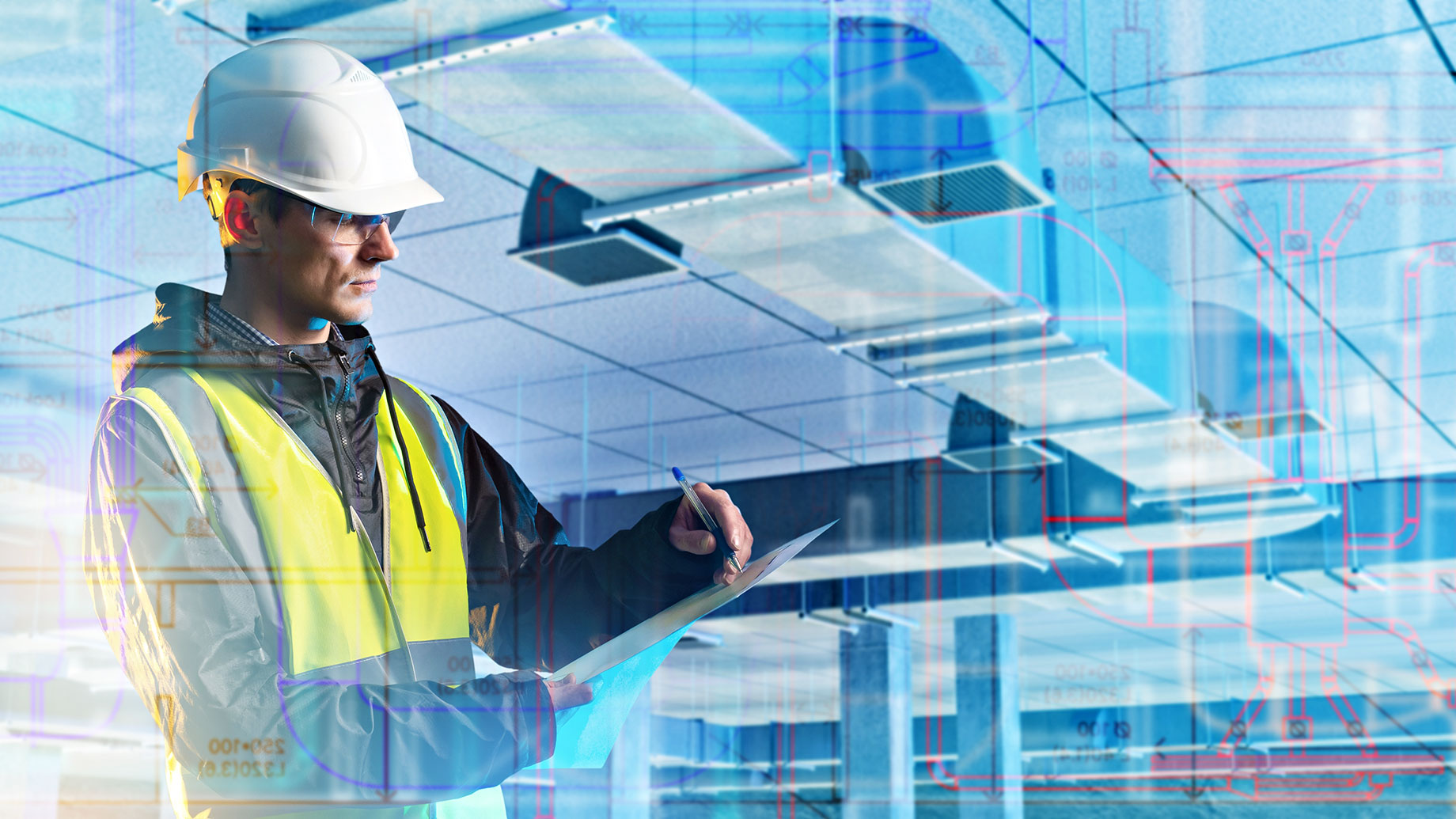
When you think about improving your building’s profitability, your HVAC system probably isn’t the first thing that comes to mind. But maybe it should be. Heating, ventilation, and air conditioning are among the biggest energy consumers in any commercial space – and also one of the most overlooked sources of hidden savings.
Understanding this, let’s explore five powerful ROI-driven reasons to invest in a modern, high-efficiency commercial HVAC upgrade.
1. Dramatically Lower Energy Costs
Energy consumption is the biggest ongoing cost tied to your HVAC system, accounting for 40 to 60 percent of total building energy use in many commercial properties. An outdated system, even one that’s still technically operational, is often working harder than it should to deliver less-than-ideal comfort.
Modern systems, especially those built around variable-speed compressors, smart controls, and advanced energy recovery, can reduce energy usage by 20 to 40 percent. That kind of efficiency gain translates directly into long-term savings.
Smart thermostats and building automation systems take it a step further. They constantly monitor temperature, humidity, and occupancy, automatically adjusting output for peak efficiency. Over time, those small adjustments add up to massive cost reductions. (Sometimes this is even enough to pay for the upgrade within a few years.)
If you’re working toward LEED certification or sustainability goals, those efficiency improvements also make your property more environmentally responsible.
2. Reduced Maintenance and Fewer Repairs
Old HVAC systems demand more attention. As components wear down, service calls become more frequent and replacement parts get harder to find. The cost of those repeated breakdowns adds up quickly, both in dollars and downtime.
Upgrading to a modern system means fewer mechanical failures and lower maintenance overhead. Advanced diagnostics built into newer units can alert your maintenance team to potential issues before they cause disruptions. Instead of reacting to problems, you can schedule proactive service and extend the lifespan of your system.
This reliability protects your operations, as fewer breakdowns mean less disruption to business activity and production schedules. (And for facilities operating multiple locations, standardized HVAC upgrades make servicing easier and more predictable across your portfolio.)
3. Improved Indoor Air Quality and Occupant Comfort
A comfortable, healthy indoor environment is good for business. Poor air quality and inconsistent temperatures can impact employee productivity and even shorten tenant leases.
Modern HVAC systems use advanced filtration, humidity control, and airflow management to create cleaner, more balanced indoor environments. This is especially important in commercial and healthcare settings where air purity is critical.
One key component of long-term performance and comfort lies in quality HVAC coils – specifically your evaporator, condenser, and fluid cooler coils. These are the heart of your system’s heat exchange process, determining how efficiently your system transfers energy and maintains consistent temperatures.
High-quality commercial coils made from durable materials, like copper or aluminum with advanced coatings, help resist corrosion and maintain thermal performance over time. They can keep your system running smoothly under high load, improve cooling and heating consistency, and reduce the strain on compressors.
4. Enhanced Property Value and Market Appeal
Upgrading your HVAC system is about positioning your property for the future. Buildings with modern, energy-efficient systems attract better tenants, command higher rents, and hold greater resale value.
For property managers and owners, that means leverage. Tenants increasingly prioritize sustainability and indoor air quality when choosing where to lease. A high-performing HVAC system is a tangible indicator that your building is well-maintained and future-ready.
If you decide to sell, just having an upgraded HVAC system can set your property apart in a competitive market. Appraisers and investors know that efficient systems lower operating costs and risk, directly enhancing their NOI.
5. Eligibility for Tax Credits and Other Incentives
Energy efficiency upgrades often qualify for significant financial incentives at the local, state, and federal levels. Depending on your location and the specifics of your system, you may be able to offset a substantial portion of your project costs through rebates or tax deductions.
For example, U.S. businesses may be eligible for deductions under Section 179D of the Energy Policy Act, which rewards building owners who make qualifying energy-efficient upgrades. Many utility providers also offer rebate programs to encourage reduced energy demand.
Even without incentives, the payback period for most HVAC upgrades is remarkably short. Between lower energy bills, reduced maintenance costs, and higher tenant satisfaction, many systems pay for themselves in three to five years (and sometimes sooner).
Future-Proofing Your Building
Upgrading your HVAC system is a long-term investment in resilience. As building codes tighten and climate patterns shift, older systems will struggle to keep up. But newer systems are designed with adaptability in mind – modular components, intelligent controls, and connectivity that integrates with broader building automation systems. That flexibility allows you to keep your property compliant, efficient, and competitive well into the future.
Ultimately, when you upgrade your commercial HVAC system, you’re investing in a whole suite of benefits. You’re reducing energy waste, lowering maintenance expenses, boosting property value, and ensuring a healthier environment for everyone inside your building.
When you add it all up, that equals a competitive advantage that keeps paying dividends long after the installation is complete.